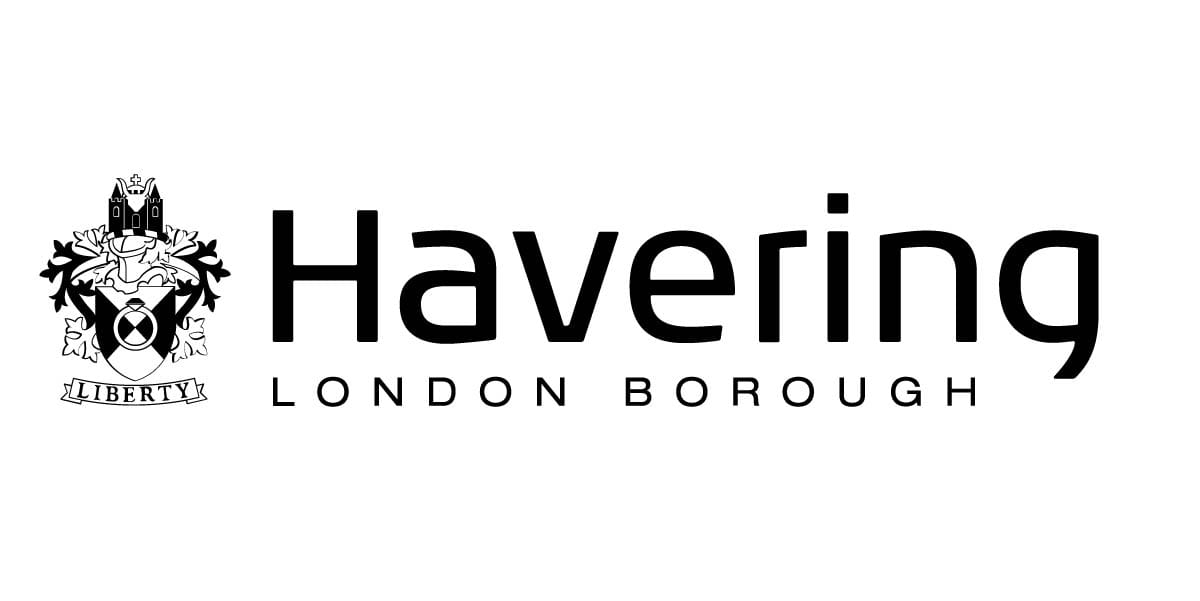Roughly three centuries ago, Swedish naturalist Carl Linnaeus set out to catalog and name every living organism he could find. He is now widely regarded as the founder of modern taxonomy after introducing the binomial naming system and formally…
Author: admin
-

Researchers develop mild mitochondrial uncouplers for obesity treatment
Researchers have developed experimental drugs that encourage the mitochondria in our cells to work a little harder and burn more calories. The findings could open the door to new treatments for obesity and improve metabolic…
Continue Reading
-

Synbiotics Improve Diabetes Risk Factors
A multi-species synbiotic supplement has led to measurable improvements in weight, metabolic control and cardiovascular risk markers in elderly people with type 2 diabetes, according to results from a randomised controlled trial. The findings…
Continue Reading
-

The biggest black hole breakthroughs of 2025
Black holes are arguably the most fascinating entities in the whole realm of science — these are regions in the fabric of spacetime that surround an infinitely dense, infinitesimally small point of mass and exert a gravitational force so…
Continue Reading
-
Inequalities in resilience and preparedness
In a world increasingly affected by extreme weather events, building resilience among residents has become essential to mitigating risks. However, the capacity for preparedness and resilience varies widely across communities, and these…
Continue Reading
-

Curious about a digital ‘detox’? Here’s what you should know
In the third season of the hit TV show The White Lotus, the protagonists arrive at an exclusive resort where guests are asked to turn off and turn over their phones; that is, to engage in a digital ‘detox’. For many of us, cutting ourselves…
Continue Reading
-

Up First from NPR : NPR
The Justice Department released about 30,000 pages of new documents related to the disgraced financier and convicted sex offender Jeffrey Epstein. The U.S. Supreme Court has ruled against the Trump administration to block the deployment…
Continue Reading
-

Shadab, Haris tipped for Pakistan squad for Sri Lanka tour and T20 World Cup

LAHORE, DEC 24: All-rounder Shadab Khan, who has shown form in the Big Bash League, is expected to be included for the Sri Lanka series and T20 World Cup 2026.
Sources divulged on Wednesday that the…
Continue Reading
-
Foreign Ministry Spokesperson Lin Jian’s Regular Press Conference on December 24, 2025_Ministry of Foreign Affairs of the People’s Republic of China

CCTV: It’s reported that the remarks by a senior official from the Japanese Prime Minister’s Office that “Japan should have nuclear weapons” have shocked many in and outside Japan. That has been met with criticism from Japanese former…
Continue Reading

